The blender.org project is very lucky with attracting talent –great developers working together with fantastic artists. It’s how Blender manages to stand out as a successful and highly functional free & open software project. In this post I want to thank everyone for a wonderful Blender year and give a view at all of the exciting things that are going to happen– in 2018! (Fingers crossed :)
Eevee
In 2016 it was just an idea, having an interactive viewport in Blender with rendering quality at PBR levels. Last year this project took off in ways beyond expectation – everyone should have seen the demos by now.
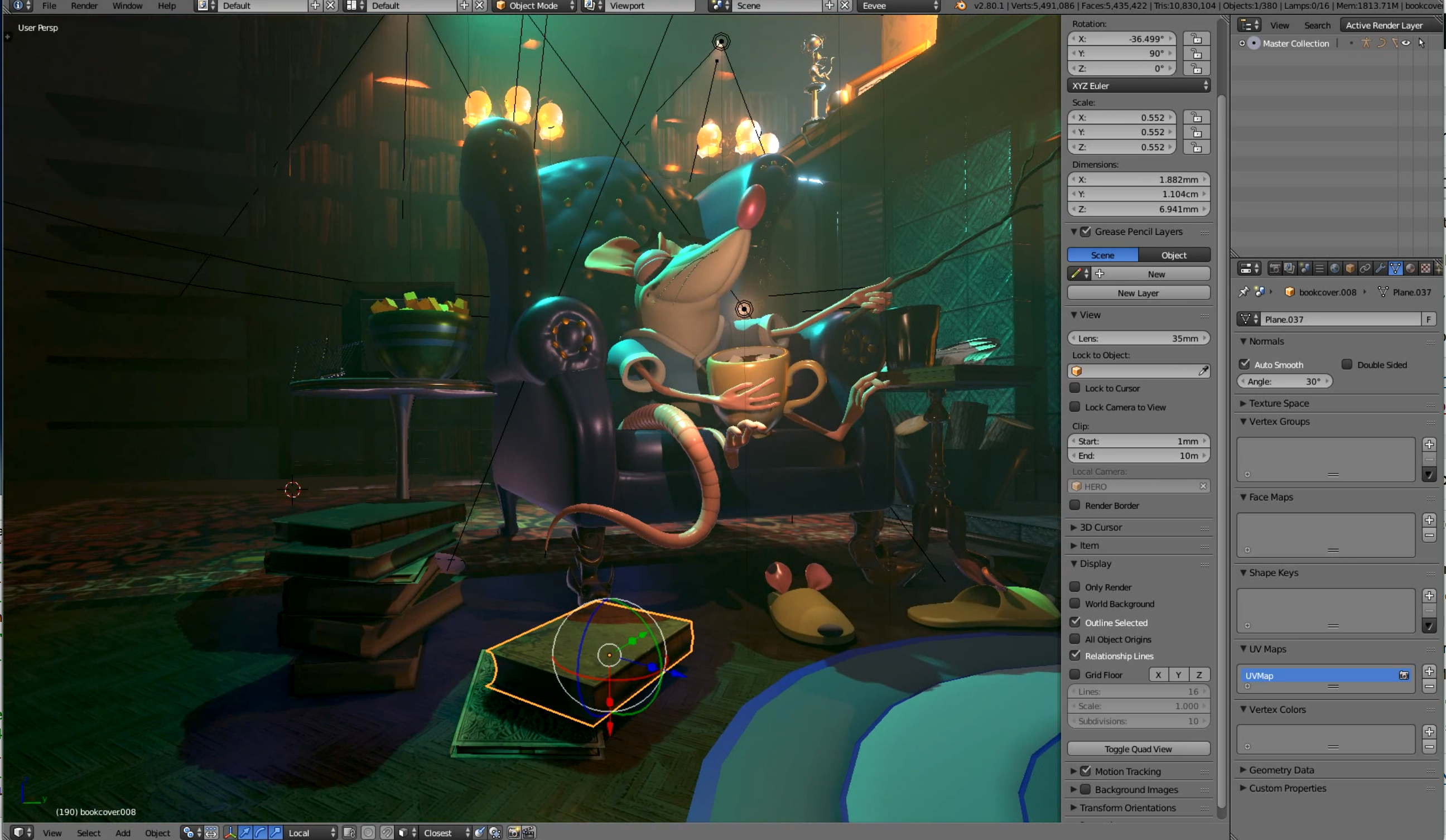
Early in 2018 animation support will come back (with support for modifiers), with as highlight OpenSubdiv support (GPU based adaptive subdivision surfaces).
Read about the Eevee roadmap here.
Grease Pencil
Blender is an original innovator in this area –providing a fully functional 2D animation tool in a 3D environment. You have to see it to believe it –it’s a mindblowing workflow for animators and story artists.
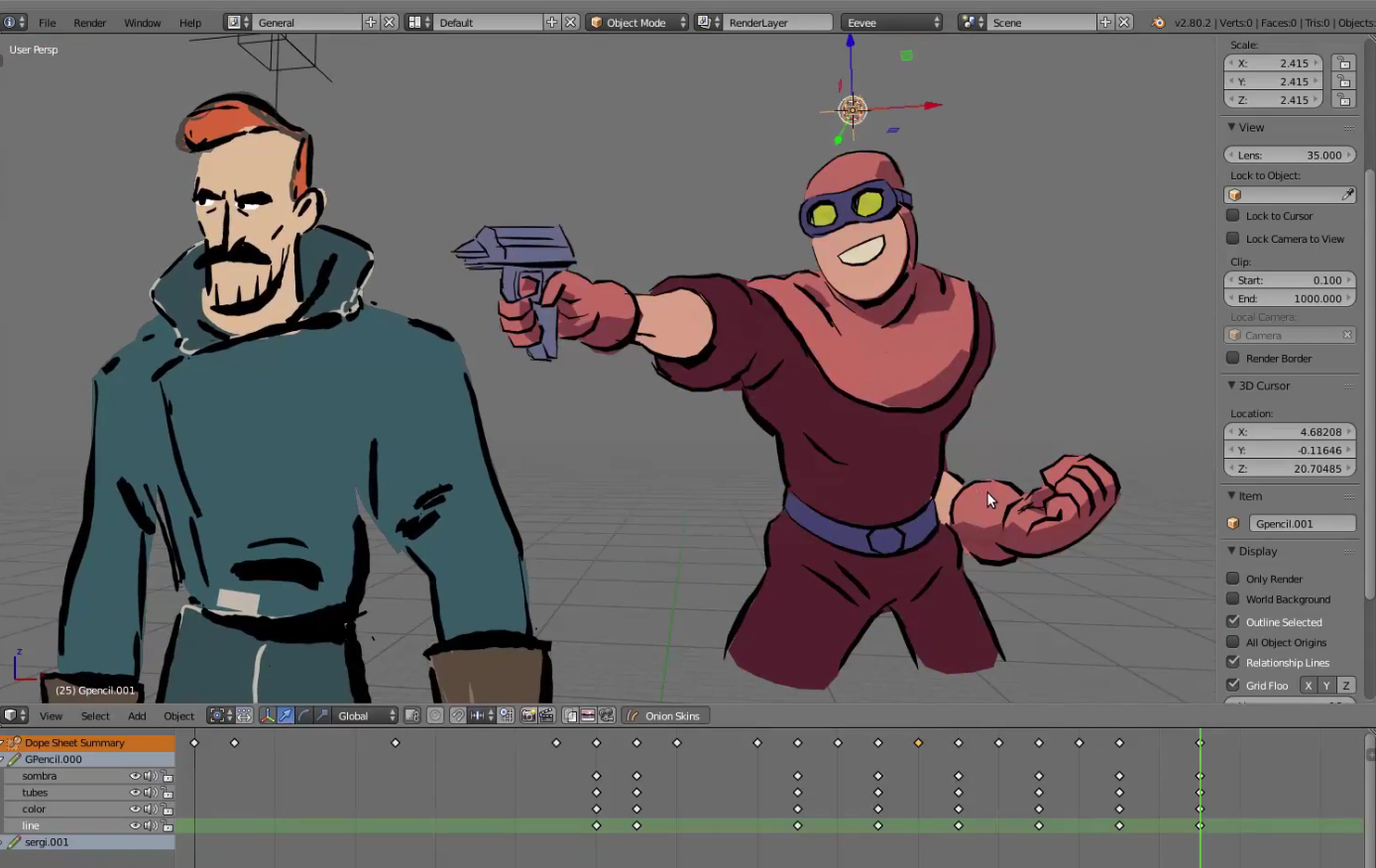
In Q1 of 2018 the short film “Hero” will be finished as proof-of-concept for the new workflow and tools of Grease Pencil in 2.8x.
You can read the latest status report here.
Workflow & “Blender 101”
Optimizing and organizing one’s working environment can significantly improve the workflow in 3D applications. We can’t make everyone happy with a single Blender configuration anymore. This is where the new Workspaces and Application Templates come in. In Q1 and Q2 of 2018 the first prototypes for radically configured simple Blenders are going to be made (a.k.a. the Blender 101 project).
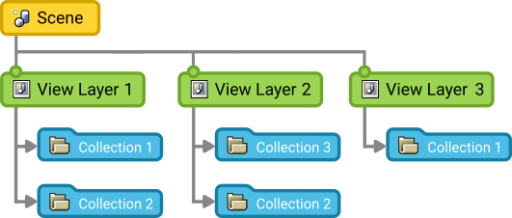
Meanwhile work continues on usability and configurations in a daily production environment. Blender’s latest Open Movie “Spring” is going to be used for this.
Blender 2.8x is also getting a complete new layer system, allowing to organize your scenes in advanced ways. A Scene can have unlimited amount of layers (= drawings or renders), unlimited amounts of collections and per collection render settings and overrides.
Visit the code.blender.org blog to read more about it.
New UI theme
No, there are no pictures yet! But one of the cool things of releasing a massive update is to also to update the looks. Nothing radical, just to make it look fresh and to match contemporary desktop environments. We’re still using the (great) design from 2009-2010. In computer years, that’s a century ago! Work on this should start Q1 and get finalized before Q2 ends. Contributions welcome (check ‘get involved’).
Cycles
In 2017 we saw the rise of AMD GPUs. Thanks to a full time developer who worked on OpenCL for a year, Blender is now a good choice for use on AMD hardware. For 2018 we want to work on solving the kernel compiling waiting time.
Cycles is now one of the most popular areas for developers to work in. Most of these are doing this as part of their daytime job – to make sure Cycles stays an excellent choice for production rendering. Expect in 2018 a lot of high quality additions and especially ways to manage fast renders.
Read more about the Cycles Roadmap here.
Blender Game Engine
One of Blender’s best features is that it’s a complete integrated 3D creation suite –enabling artists to create projects from concept to final edits or playback. Unfortunately the game engine has fallen behind in development– not getting the focus or development time it needs. There are many reasons for it, but one of these is that the code base for BGE is too much separated from the rest of Blender. That means that newly added Blender features need to be ported over to the engine to work.
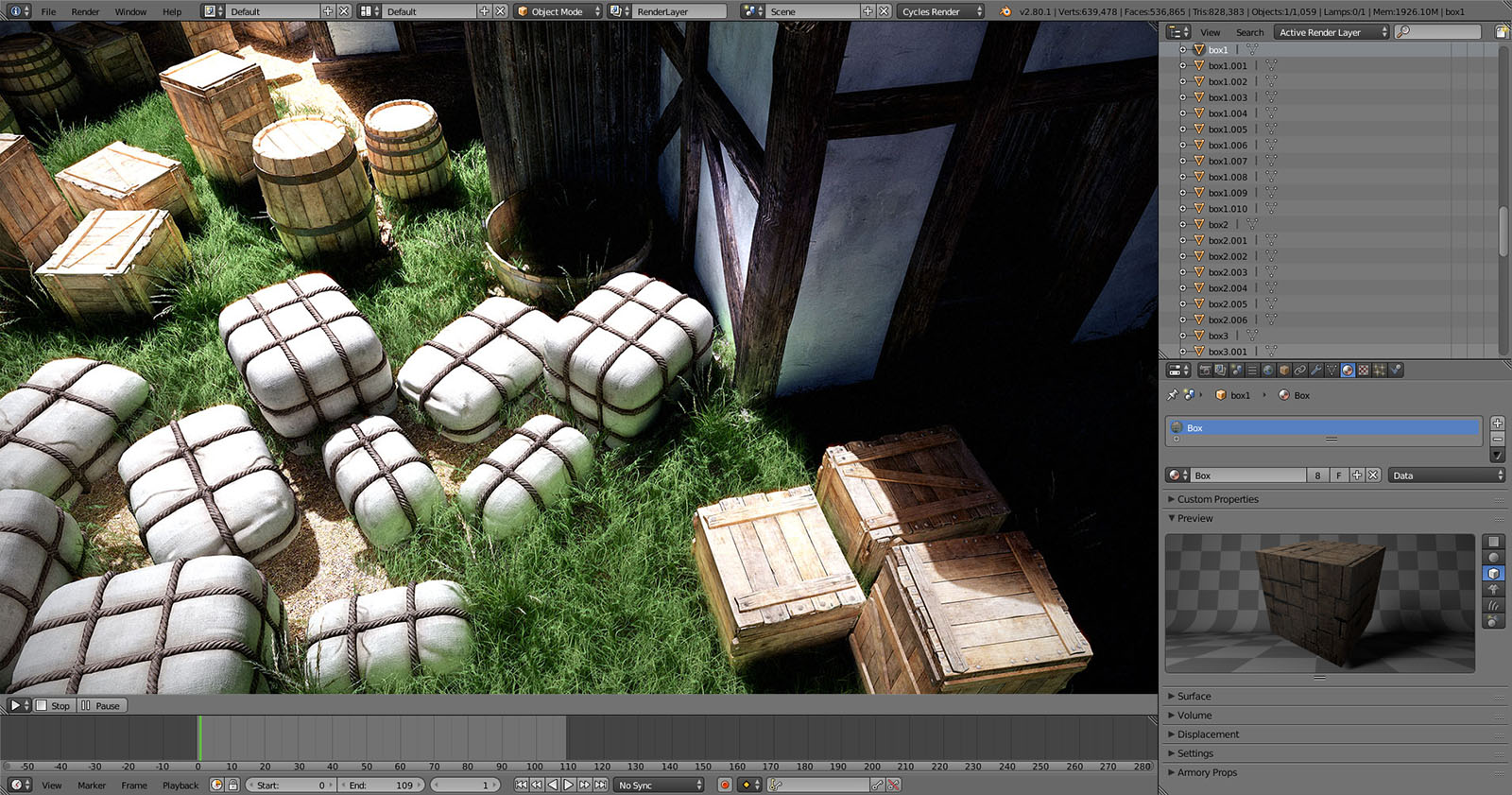
For the 2.8 project we want to achieve a better integration of BGE and Blender itself. The Eevee project has proven already how important real-time tools are and how well this can work for interactive 3D design and game creators.
That being said, outside of blender.org interesting Blender-related development for game engines happens too. Check out the Blender fork UPBGE for example, or the fascinating Armory Engine (see image above, it’s written in Haxe and Kha). And don’t forget the open source WebGL environments Blend4Web and Verge3D.
Assets and presets
Another ‘2.8 workflow’ related feature: we are working on better managing your files and 3d assets. Partially it’s for complex production setup, partially it’s also about configuring your Workspaces with nice visible presets – lists of pictures of shaders or primitives for example, ready to be dragged & dropped or selected.
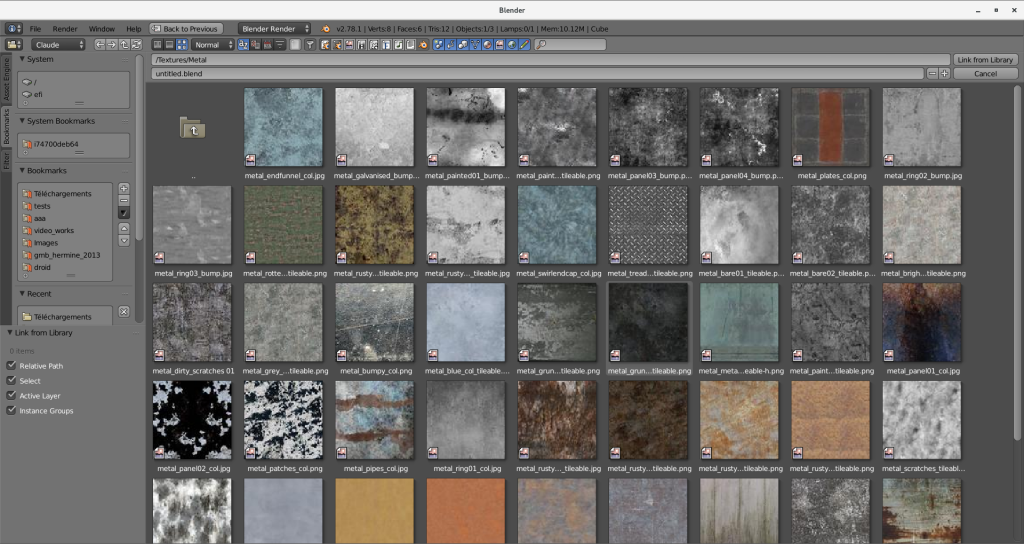
More information can be found here, the planning for asset management and overrides.
Viewport Compositing
An important design aspect of Blender’s new viewport system is that each engine is drawing in its own buffer. These buffers then get composited in real-time.
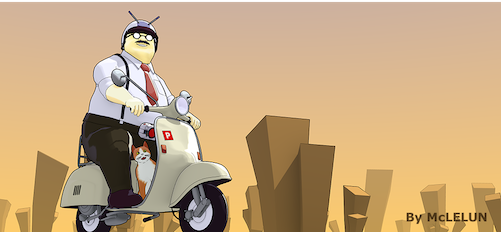
To illustrate how fast it is: in 2.8x the “Overlay engine” is using real-time compositing in the viewport (to draw selections or widgets).
When 2.8x is ready to get out of beta, we will also check on how to allow (node based) real time compositing in viewports. That then is the final step to fully have replaced the old “Blender Internal” render engine with an OpenGL based system.
This will especially be interesting for the Non-Photo-Realistic rendering enthusiasts out there. Note – FreeStyle rendering will have to fully recoded for 2.8. That’s still an open issue.
Modifiers & Physics upgrade
Blender’s modifier code is getting fully rewritten for 2.8. That’s needed for the new dependency graph system (threadable animation updates and duplication of data).

A nice side effect of this recode is that all modifiers then will be ‘node ready’. We expect first experiments with modifier nodes to happen in 2018. Don’t get too excited yet, it’s especially the complexity of upgrading the old particle and hair system that’s making it a very hard project to handle.
An important related issue here is how to handle “caches” well (i.e. generated mesh data by modifiers or physics systems). This needs to be saved and managed properly – which is what the dependency graph has to do as well. As soon that’s solved we can finally merge in the highly anticipated Fracture Modifier branch.
Animation tools
Blender’s armature and rigging system is based on a design from the 90ies. It’s a solid concept, but it’s about time to refresh and upgrade it. When Blender 2.8x gets closer to beta I want to move my focus on getting a project organized (and funded) to establish a small team of developers on animation tools for the next decade – Animation 2020! Contact me if you want to contribute.
Discourse forums
Improving onboarding for new developers is on our wish list already for years. There are several areas we should do better – more swiftly handle reviews for provided patches and branches for example.
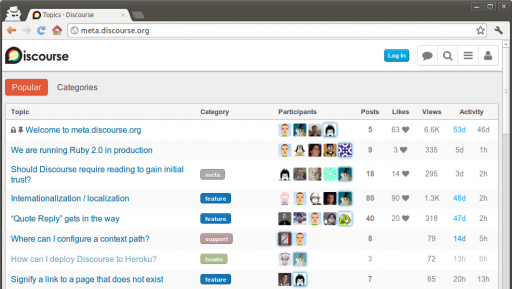
We also often hear that Blender developer channels are hard to find or not very accessible. The blender.org teams still mainly use IRC chat and MailMan mailing lists for communciation.
In January we will test a dedicated blender.org developer forum using Discourse (fully free/open software). This forum will focus on people working with Blender’s code, developer tools and anything related to becoming a contributor. If this experiment works well we can expand it to a more general “get involved” website (for docs, educators, scientists, conferences, events).
However, user questions, feature requests – would be off topic, there are better places that handle this.
20th anniversary of first public Blender release
Oh yes! Today is exactly 20 years ago that I released the first Blender version in public – only for the Silicon Graphics IRIX platform.
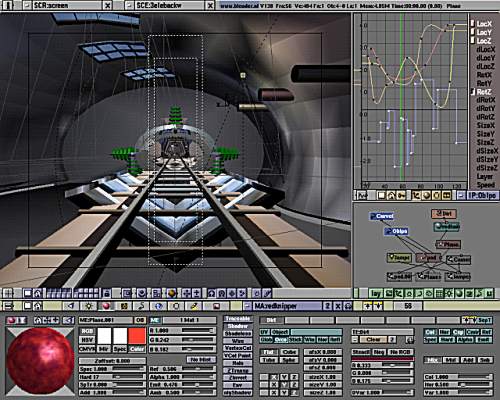
A FreeBSD and Linux version were made a couple of months after.
All as “freeware” then, not open source. I first had to learn the lesson of bursting internet bubbles before going fully open!
Blender 2.80 beta release
Originally planned for Q2 this year… luckily that quarter lasts until July 1st. All depends on how well the current projects go the coming months. But if it’s not July first, then at least we have…
SIGGRAPH, Vancouver
The largest annual 3D CG event is at August 12-16 this year. We aim at a great presence there and certainly it’s a great milestone to showcase 2.80 there!
Open issues
The 2.8 team tries to keep focus – not to do too many things at once and to finish what’s being worked on in the highest usable quality possible. That means that some topics are being done first, and some later. The priorities for 2.8 have been written down in this mail to the main developers list.
We can still use a lot of help. Please don’t hesitate to reach out – especially when workflow and usability are your strength! But we can use contributors in many ‘orphaned’ areas: such as Booleans, Video editor, Freestyle render, Particles, Physics caching, Hair, Nurbs… but also to work on better integration with Windows and MacOS desktop environments.
Credits
An important part of the blender.org project are the studios and companies who contribute to Blender.
Special thanks goes to Blender Foundation (development fund grants), Blender Institute/Animation Studio (hiring 3-5 devs), Tangent Animation (viewport development), Aleph Objects (from Lulzbot printers, supporting Blender 101), Nimble Collective (Alembic), AMD (Cycles OpenCL support), Intel (seeding hardware, Cycles development), Nvidia (seeding hardware), Theory Animation and Barnstorm VFX (Cycles development, VFX pipeline).
Special thanks also to the biggest supporters of the Development Fund: Valve Steam Workshop and Blender Market.
Ton Roosendaal, Chairman Blender Foundation
